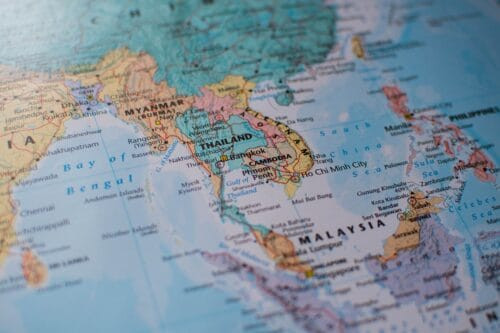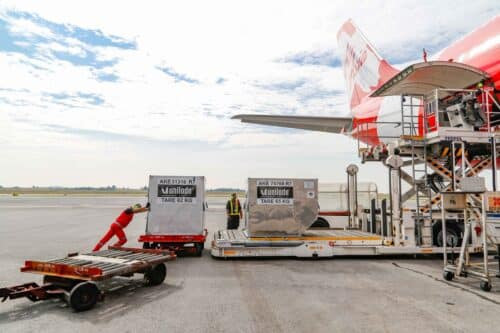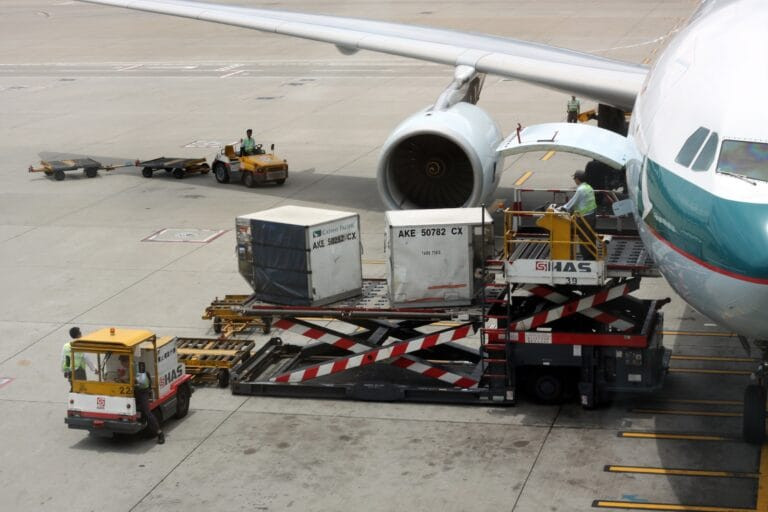For decades, China has been the backbone of global manufacturing. But rising costs, political tensions, and repeated disruptions have forced companies to rethink how and where they produce goods. Enter the “China Plus X” strategy — a multi-shoring approach that aims to reduce dependency on any single country and build supply chains that are more resilient, more agile, and ultimately more secure. It marks a clear shift from efficiency at all costs, to resilience at all costs.
From China Plus One to China Plus X
The idea of diversifying production away from China is not new. Around 2019, many manufacturers started adopting a “China Plus One” strategy, establishing an additional base outside China to hedge against risk. But as a report by DHL, coauthored by Lisa Harrington, President of the lharrington Group and Robert H. Smith, Senior Fellow at the School of Business, University of Maryland, put it bluntly, “China Plus One proved too limited to deliver the resiliency required in today’s supply chain environment.” The pandemic only made this clearer. When China’s strict Covid lockdowns shuttered factories, from semiconductors to car parts, companies around the world found themselves stranded.
The report describes the last six years as a series of cascading shocks. First came tariffs under Donald Trump, followed by the pandemic, then the intensifying trade war with the US, Canada and the European Union, and finally the ongoing geopolitical tensions that still rattle global trade today. Each event chipped away at the stability companies once took for granted. The outcome is a new mantra: “risk hedging is the new global supply chain management.” In practice, that means China Plus X — production spread across multiple countries, not just one fallback option.
The report sums it up:
“Companies that once relied on one country – China – for their manufacturing output are now diversifying their portfolios. No longer are they putting their eggs in one basket.”
 Transportation and cost
Transportation and cost
Transportation has become the most visible pinch point. Disruptions at the Suez Canal, piracy in the Red Sea, and a drought at the Panama Canal have all sent freight rates swinging wildly. “Freight rates slumped to their lowest level in October 2023, at just US$1,342 for a 40-foot container,” the report notes. “But by July 2024, they had skyrocketed to over US$5,900, the highest value on record.” For manufacturers already under strain, such volatility only underscores the urgency of spreading risk across trade routes and geographies.
The report highlights the importance of due diligence: “When considering a country for Plus X, it is essential to study both its current and future transportation capabilities.” That means looking beyond ports and shipping lanes to include internal roads, airports and rail connections. In some cases, companies are turning to creative solutions. DHL’s multimodal express, for example, combines ocean freight from Asia to the US west coast with onward airfreight to Europe, cutting delays without ballooning costs. As the report explains, “It brings the best of both modes to bear – ocean for affordability, air for speed.”
Cost, meanwhile, is another complex calculation. While China is no longer the cheapest labour market, moving elsewhere does not automatically guarantee savings. “In a Deloitte survey, 43 percent of respondents noted cost as the top constraint in shifting to a Plus X strategy,” the report points out. The issue is not just wages, but also sourcing of raw materials, supplier availability, and the hidden costs of longer transit times and higher inventories. The report argues that companies need to see the bigger picture: “The perception that Plus X is too expensive is shortsighted. In the long term, when all variables are weighed, the short-term bump in costs may take a back seat to the longer-term benefits.”
Building blocks
Beyond transport and cost, three other factors define whether a country can serve as a viable Plus X hub: infrastructure, workforce and regulatory environment. On infrastructure, the report is frank: “The countries competing to become alternatives to China lag behind – a gap that’s unsurprising given China’s 35 years as the world’s factory.” Yet many are investing heavily to catch up. Vietnam has earmarked between US$43 billion and US$65 billion for transport infrastructure between 2021 and 2030, while Mexico is expanding its ports and building what is expected to become its largest air cargo hub.
Workforce dynamics are equally pivotal. China’s labour force is ageing, while Plus X nations such as India and Vietnam boast younger populations ready to step in. But it’s not simply about numbers. The report cautions, “In China, a factory may need 500 workers. In a Plus X country, the same output might require 1,000 workers. The analysis must assess whether the return on investment adds up.” India’s bid to become a semiconductor hub illustrates both the challenge and the opportunity. To succeed, the country will need an additional 300,000 skilled workers within five years.
Regulation is the final piece of the puzzle. Trade agreements, tariffs, and tax breaks can make or break a Plus X decision. Vietnam’s 2020 free trade agreement with the EU eliminated 99 percent of tariffs, while Malaysia is leveraging its membership in the Regional Comprehensive Economic Partnership (RCEP), the world’s largest trade deal. As the report writes, “Financial incentives can significantly reduce the cost of setting up new operations and help companies gain a competitive advantage.”
Resilience over efficiency
Shifting production is never straightforward. Building new factories, training new workforces, and navigating unfamiliar regulations take time and money. But for many companies, the risks of standing still are far greater. “Intentional redundancy is the new face of global supply chains,” the report concludes. Just as IT systems use duplication to ensure uptime, supply chains are now designing redundancy into their networks to withstand the next crisis — whether tariffs, pandemics or canal closures.
Examples abound. Samsung moved much of its production to Vietnam years ago, while Apple is steadily increasing iPhone production in India, aiming for a quarter of global output by 2028. But the broader trend is clear: the era of relying on one country is over.
Or as the report puts it: “For supply chains, migrating to smart resiliency and redundancy is not easy. But clearly worth it, as the likes of Samsung and Apple have proved.”





